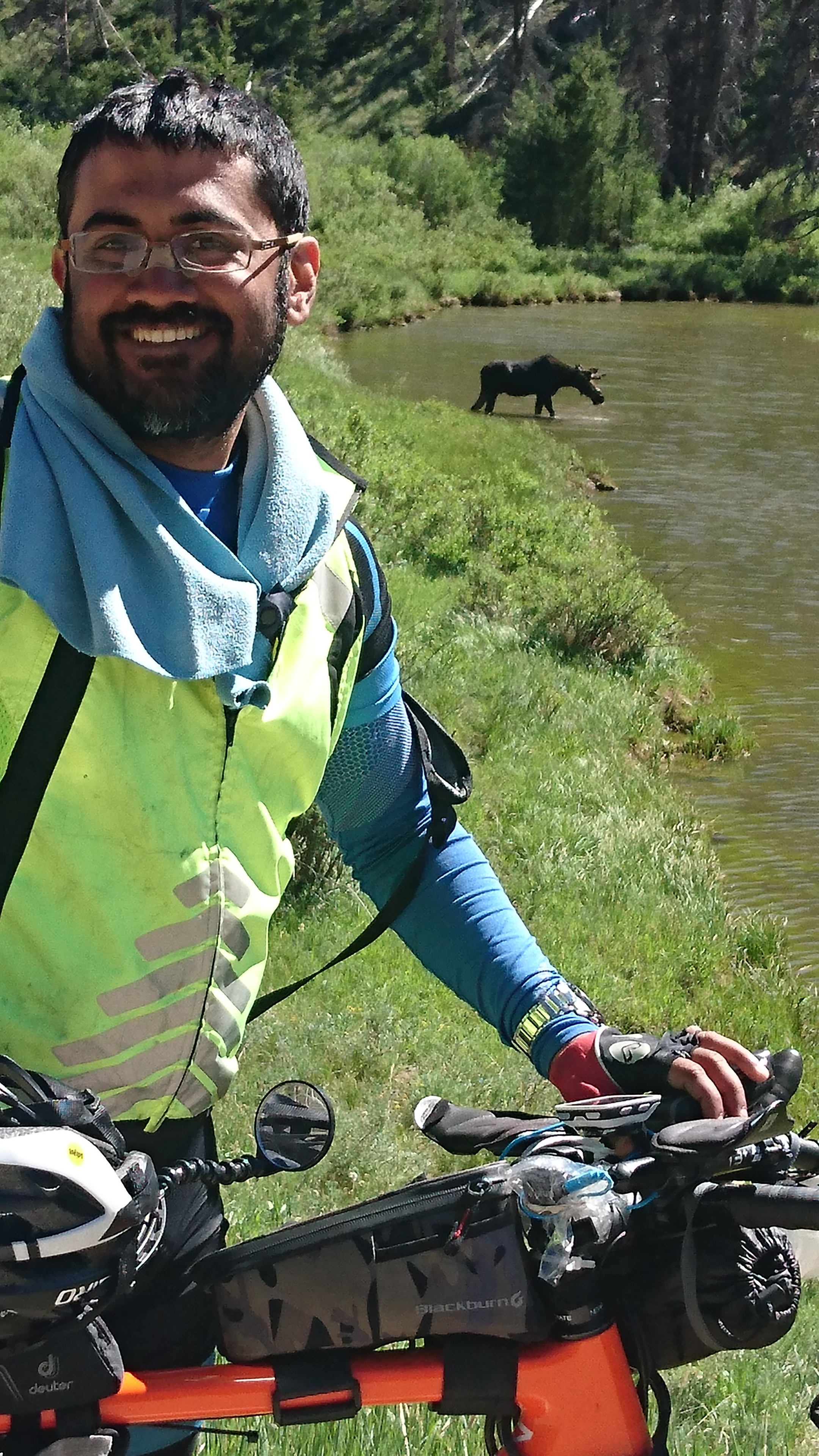36-er freemounting practice
Today, I spent a hour practicing freemounts on the 36-er. WHile I’d learned to freemount the 36-er, I’d not had the fitness to practice it much, as it needs a lot of hopping up and down, which can be tiring. When I wanted to practicing riding longer distance, I actually wanted to avoid the energy drain from all the hopping on and off, and so tried riding with a ski-pole, but now, I wanted to focus my practice on freemounts, so I could ditch the pole for good.
For me, the biggest help that I got, when I started to learn to the 36-er came from this video by Terry ‘Unigeezer’ Peterson; as far as I’m concerned, one doesn’t need anything other than this one video, in order to master freemouting 36-ers. However, since I’d not practiced much, I was rusty, and had forgotten some of the adjustments I needed to make to increase my odds of making a successful mount, so that’s what today’s session was all about.
A tip: when practicing freemounts, always do it with fresh legs, not after you are already tired after a long practice session. One tends to make way more mistakes when tired, and our ability to be observant and to learn from mistakes also goes down, the more tired we are.
As soon as I started today, I was able to identify a couple of things that obviously didn’t seem to work for me, and I describe it here.
The mount technique described
I place my right leg on the right pedal and launch off the ground and onto the left pedal, with my left leg, taking care not to weight down the right pedal. Now, before jumping on, the wheel is inclined to the left, as I hold the saddle with my left hand. If I held the saddle with my right hand, the wheel would be learning to the right, but it just seems easier for me to use my left hand, but see what works best for you, and use that. Now, when executing the jump, you need to straighten the wheel, as it’s nearly impossible to execute a start, if the wheel is still leaning towards the side of the hand holding the saddle. If on the other hand, we overcompensate, and the wheel tilts the other way, it’s not ideal, but it seems to be easier to correct and still manage a successful launch, than if it continues to slope towards the hand holding the saddle.
Once the wheel is straightened, I push down with my left leg, and launch into motion. At this point, the thing to avoid is weighting down with the right leg, as the more weight we exert downward with the right leg, the harder we must work with the downward push on the left. With very little downward force being exerted by the right leg, it doesn’t take much of a downward push from the left, to push the unicycle into motion, and that’s where the odds greatly increase, if the wheel were to have been straight in the first place.
After some practice, I was able to identify these above named points, and avoid the mistakes which reduce the probability of a successful launch. I’m going to have to practice some more in the days to come, but since I’m now more confident in my mounting technique, I’d rather practice while out on an actual ride, instead of just practicing mounting indoors, but do whatever works best for you, and don’t rush through the learning process. The better you get at internalizing your lessons into muscle-memory, the better it’ll be. When people ask me how long doing something on the unicycle would take, I guess my answer can only be ‘As long as it does’, as it’s highly subjective.
Here’s a video of some of my successful mounting attempts, for reference. Many of them actually worked the first time, but not all; there were many times I made mistakes, most often when the wheel continued to lean towards the left hand holding the saddle, but the mistakes are rather easy to spot, and we can safely abort the mount attempt, without running the risk of doing a palm plant or worse, but I guess that takes some practice too, just as everything else with unicycling!
